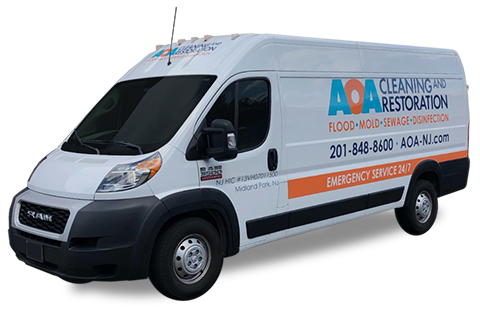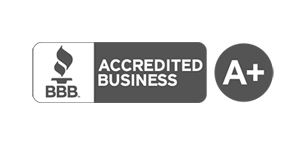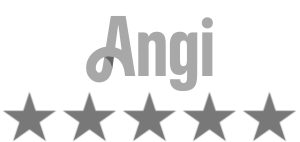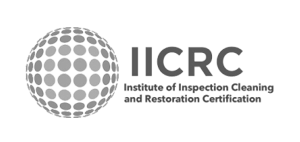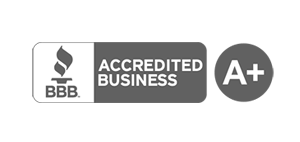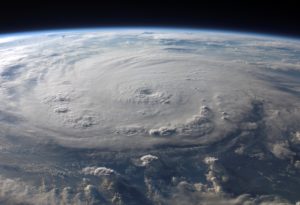 Three years ago, the most destructive and deadly hurricane of 2012 wreaked havoc on the East Coast, killing more than 200 people in eight countries and 24 states in the United States. In New Jersey and New York, millions of people lost power during “Superstorm Sandy” and hundreds of thousands of homes were damaged and destroyed due to fallen trees and power lines, debris, and massive flooding.
Three years ago, the most destructive and deadly hurricane of 2012 wreaked havoc on the East Coast, killing more than 200 people in eight countries and 24 states in the United States. In New Jersey and New York, millions of people lost power during “Superstorm Sandy” and hundreds of thousands of homes were damaged and destroyed due to fallen trees and power lines, debris, and massive flooding.
For weeks and months thereafter, millions of people dealt with the aftermath of this historic hurricane, cleaning up and rebuilding. As our team at AOA Restoration & Cleaning reflects on this tragedy during its anniversary—especially in light of the more recent Hurricane Patricia—we feel it’s important to share a few tips with homeowners dealing with similar situations.
Here are several things you should know when cleaning up after a natural disaster like a hurricane or flood.
Practice safety first –
There’s no doubt that hurricane cleanup is a messy job—and with debris, rotted wood, broken windows, and more, it can be quite dangerous. If you’re taking on any part of the job yourself, the Centers for Disease Control and Prevention recommends you wear a hard hat, goggles, heavy work gloves, and waterproof, steel-toed boots. When cleaning, be sure to wear protective eye wear, a toxic dust mask, gloves, and protective clothing.
Mold can be a big issue –
One of the biggest issues for homeowners after flooding is mold, caused by excess moisture and standing water. Mold can cause serious damage to your home, but it can also be a health risk for your family. Those with asthma, allergies, lung issues, or weakened immune systems are more sensitive to mold, but it can affect just about anyone. Proper cleanup is important. Generally, we recommend:
- Drying out the home thoroughly.
- Removing all porous items that have gotten wet (carpet, upholstery, drywall, insulation, clothes, toys, etc.).
- Cleaning wet items appropriately (read next tip…).
Disinfection is essential –
When your home has water damage or flooding, disinfection might be far from your mind, but the Environmental Protection Agency explains that wet materials are “a breeding ground for microorganisms, such as viruses, bacteria, and mold.” Mold removal and remediation must be done right to ensure you and your family are safe moving back into your home after a hurricane or flood. Here are a few tips:
- Remove anything that cannot be washed or disinfected.
- Clean all surfaces first with a detergent that removes dirt, organic matter, and germs.
- Sanitize all affected surfaces to reduce the amount of germs to a safe level.
- Disinfect with a product that destroys germs and prevents them from spreading.
When a natural disaster strikes, the aftermath can be devastating for homeowners trying to resume normal life. The great news: you don’t have to do it alone. AOA Cleaning & Restoration is your certified property damage expert. Whether you’re dealing with flooding from a major storm/hurricane or a burst pipe, we can help you restore your home to normal. Call us at 201-848-8600 to learn more about our professional cleaning and restoration services.
AOA Cleaning & Restoration is a licensed mold remediation contractor, certified by the Institute of Inspection Cleaning and Restoration Certification (IICRC) and the Restoration Science Academy (RSA).
